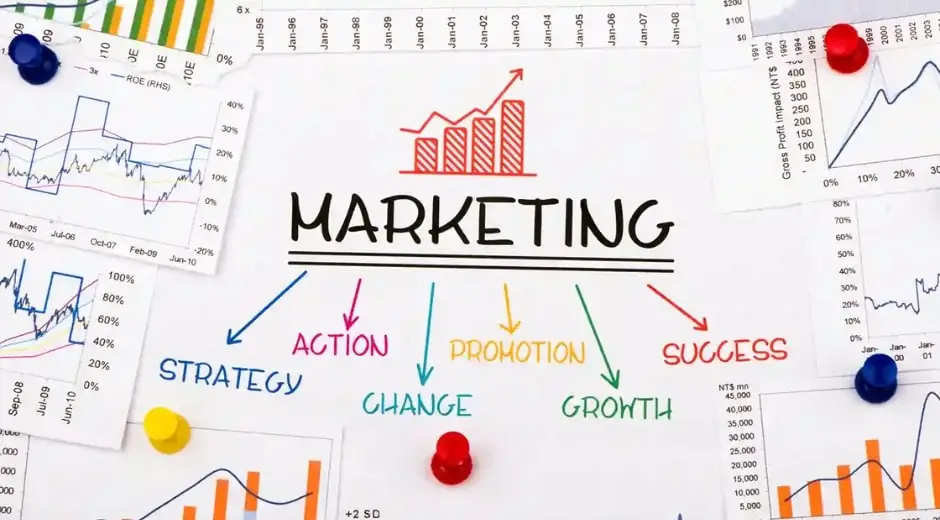Emotional Branding: The Secret Language of Modern Marketing
Every great brand tells a story, but not every story makes people feel something. In a crowded marketplace where consumers are overwhelmed by choices, emotional branding has become the most powerful differentiator. It’s no longer enough to sell a product—you must connect with your audience on a human level.
The modern customer buys not just because of logic, but because of emotion. Emotional branding taps into values, desires, and shared experiences, transforming casual buyers into loyal advocates.
What is Emotional Branding?
At its core, emotional branding is the art of building deep emotional connections between a brand and its audience. It’s what makes people associate a certain feeling with a logo, a slogan, or even a color.
Brands that successfully use emotional branding don’t just advertise—they inspire, comfort, and resonate. Think of how Apple evokes creativity, Nike embodies determination, and Coca-Cola symbolizes happiness. These brands have mastered the emotional conversation.
Why Emotions Drive Consumer Decisions
Studies in neuromarketing show that emotional triggers influence up to 80% of purchase decisions. Consumers justify with logic, but they decide with feelings.
An emotionally branded campaign doesn’t just say “buy this.” It says, “This represents who you are.” That sense of identity is the ultimate marketing advantage.
When a customer feels emotionally aligned with your message, they’re not just buying—they’re believing.
For more insights into how emotional branding shapes markets, visit Harvard Business Review, which features in-depth research on the psychology of marketing and consumer behavior.
The Psychology Behind Emotional Branding
Successful emotional branding relies on three key psychological principles:
-
Familiarity: People trust what they recognize. Consistent visual and verbal identity builds long-term trust.
-
Empathy: When brands show understanding of customer pain points, they form genuine relationships.
-
Association: Linking your brand to positive emotions—joy, freedom, security—makes it memorable and meaningful.
Marketers who use these psychological drivers can influence not only what customers buy but also how they feel before and after the purchase.
Crafting Emotion in Brand Storytelling
Storytelling is the foundation of emotional branding. A good story invites people to feel something real—hope, nostalgia, ambition, or belonging.
Great marketing teams use stories to bridge the gap between a product and a purpose. They show transformation rather than promotion. Instead of saying “Our product is fast,” an emotionally intelligent brand says, “We help you move forward in life.”
Storytelling allows emotion to replace description, making your brand part of your audience’s personal journey.
Authenticity: The Heart of Emotional Branding
Audiences today can sense manipulation instantly. For emotional branding to work, it must come from authenticity. Empty slogans or forced campaigns break trust.
Brands that align their message with genuine values—sustainability, transparency, community, or innovation—build lasting emotional equity. Customers want to see the brand’s heart, not just its logo.
On BusinessForumHub, we often highlight how brands that lead with authenticity attract not only buyers but believers. Real emotion is stronger than any paid campaign.
Emotional Branding Across Digital Platforms
Digital media has amplified the power of emotional storytelling. Social media, video content, and interactive campaigns allow brands to engage feelings in real time.
Whether through heartfelt testimonials, behind-the-scenes footage, or purpose-driven campaigns, marketers now have more ways than ever to express human emotion online.
Visual platforms like Instagram and TikTok reward authenticity, while personalized email or video marketing builds one-on-one connections.
Case Studies: Brands That Master Emotion
Consider how emotional branding drives long-term success for global leaders:
-
Dove: Its “Real Beauty” campaign promotes self-confidence and acceptance, resonating with millions of women worldwide.
-
Patagonia: Its environmental commitment inspires loyalty from eco-conscious consumers.
-
Spotify: Personalized playlists like “Your Year in Review” connect users emotionally by celebrating their individuality.
These examples show that emotion isn’t just marketing flair—it’s strategy.
To explore more case studies and brand insights, visit Politicxy, where new perspectives on emotion-driven marketing are shared daily.
Emotional Branding and the Future of Consumer Trust
In a world of automation and AI, emotional connection will remain a brand’s greatest asset. Technology may deliver convenience, but emotion delivers meaning.
Marketers who invest in empathy, inclusivity, and shared purpose will stand out in a digital crowd. Trust grows when people feel seen, understood, and valued.
Emotional branding transforms transactions into relationships, and relationships into advocacy.
Final Thoughts
The future of marketing isn’t about selling products—it’s about inspiring feelings. Emotional branding reminds businesses that behind every data point is a person with dreams, fears, and hopes.
When brands listen and speak the language of emotion, they don’t just win markets—they win hearts.
Simple Entrepreneurship

Strategic Partnerships: The Hidden Power Behind Business Growth and Lasting Networks
Strategic Partnerships explores how collaboration, trust, and shared vision create strong business growth and redefine networking in the modern economy.

Brand Authenticity: The New Currency of Modern Marketing
Brand Authenticity explores how genuine storytelling, trust, and transparency build lasting relationships and drive success in modern marketing.

Sustainable Investing: Building Wealth with Purpose and Long-Term Impact
Sustainable Investing explores how conscious investors combine profitability with social and environmental responsibility to shape a better financial future.

Adaptive Leadership: Guiding Entrepreneurs Through Constant Change
Adaptive Leadership explores how entrepreneurs can navigate uncertainty, motivate teams, and turn change into strategic opportunity in a fast-evolving world.













